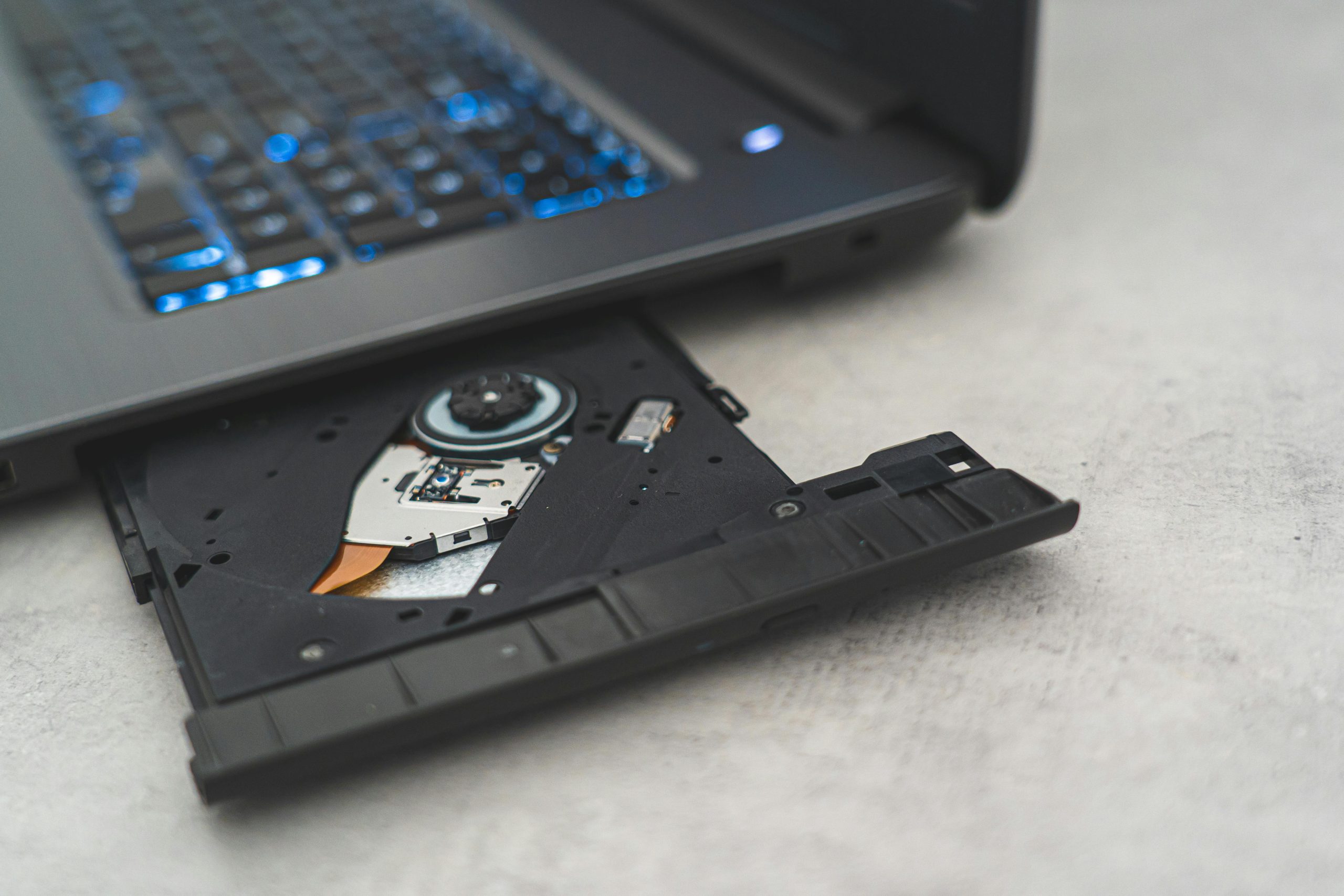Troubleshooting Mouse Disconnection Issues After Switching Monitor Input on the G80SD
If you’re experiencing persistent connectivity issues with your Razer Viper V3 HyperSpeed mouse after changing your monitor’s input source from DisplayPort to HDMI, you’re not alone. This article aims to guide you through understanding the problem and exploring potential solutions to ensure a seamless user experience.
Understanding the Context
Many users utilize high-quality monitors like the G80SD, which offer multiple input options such as DisplayPort and HDMI. While switching inputs can resolve display-related issues—such as a black screen on your monitor—it may inadvertently introduce other hardware conflicts or power management issues affecting peripheral devices.
The Core Issue
In this scenario, the user initially encountered a black screen when using DisplayPort. Switching the monitor to HDMI with a 12 BPC (bits per color) setting resolved the display issue. However, a new problem emerged: the Razer Viper V3 HyperSpeed mouse disconnects unexpectedly during use. Importantly:
- The disconnection is specific to the mouse; Bluetooth headphones remain connected without issue.
- The mouse is connected via a wired USB connection, not Bluetooth.
- The symptom manifests randomly, with no clear pattern or trigger.
Possible Causes and Solutions
1. Power Delivery and USB Port Stability
Changing monitor inputs and configurations can affect the power distribution or bandwidth available to connected USB devices.
- Check USB Connections: Ensure your mouse is plugged into a stable, high-quality port, preferably directly into the motherboard’s USB port rather than a hub.
- Use a Different USB Port: Switch to another USB port to rule out port-specific issues.
- Power Options: Disable USB selective suspend in your operating system’s power management settings to prevent devices from being powered down unexpectedly.
2. Monitor USB Hub Issues
Some monitors incorporate built-in USB hubs that may cause connectivity issues when changing input sources.
- Disable Monitor’s USB Hub: If your monitor has a built-in USB hub, try disconnecting or disabling it temporarily to check if the problem persists.
- Connect Mouse Directly: Connect your mouse directly to the PC instead of through the monitor’s USB ports.
3. Driver and Firmware Updates
Outdated or incompatible drivers can cause peripheral disconnects.
- Update Graphics Drivers: Ensure your graphics card drivers are current to handle HDMI and DisplayPort switches effectively.
- Update Motherboard Chipset Drivers: Keep relevant drivers up
Share this content:



